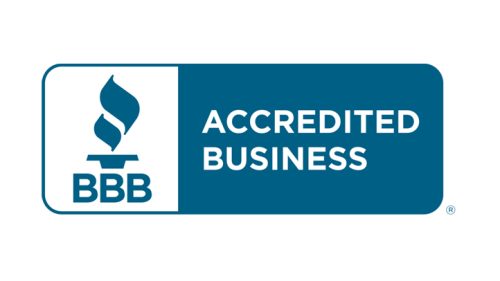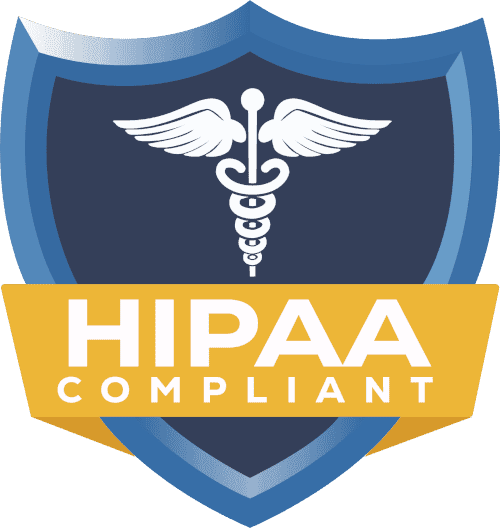Medical Practice Start-Up Guide – 2025

Starting a medical practice is an exciting but complex journey that requires thorough planning and organization. Here’s a detailed step-by-step guide to help you establish your medical practice effectively and efficiently.
1. Initial Planning and Legal Considerations
Hire Legal Counsel: Engage a lawyer with expertise in healthcare law to guide you through the legal requirements, including business formation, contracts, and compliance.
Obtain Professional Licenses: Ensure you secure all necessary state and federal licenses to operate legally in your chosen specialty.
Choose a Business Entity: Decide on the structure of your practice (e.g., sole proprietorship, partnership, corporation, or LLC) to address tax, liability, and operational considerations.
2. Financial Planning
Develop a Business Plan: Create a detailed plan that outlines your goals, services, target audience, and financial projections. This document will guide your operations and attract potential investors or lenders.
Secure Financing: Explore funding options such as business loans, private investors, or personal savings to cover startup costs.
Set Up Accounting Systems: Implement accounting software or hire an accountant to manage payroll, taxes, and other financial transactions efficiently.
3. Location and Facility Setup
Choose the Right Location: Select a site that is accessible, visible, and strategically located near your target patient base or complementary healthcare providers.
Lease or Purchase Property: Work with commercial real estate experts to negotiate a favorable lease or purchase agreement for your practice location.
Design and Renovate: Plan the layout of your office to ensure it’s functional and patient-friendly. Hire contractors to make necessary renovations while adhering to healthcare facility regulations.
4. Regulatory Compliance
Register with Authorities: Obtain essential registrations such as your National Provider Identifier (NPI) and Employer Identification Number (EIN).
Credentialing with Payers: Complete the credentialing process with Medicare, Medicaid, and private insurance companies to enable reimbursement for services.
Ensure Compliance: Stay up to date with regulations like HIPAA and OSHA to avoid penalties and ensure patient safety and privacy.
Pro Tip: Schedule a consultation with credentialing specialists to understand your payer mix and credentialing requirements.
5. Technology and Equipment
Purchase Medical Equipment: Procure the necessary medical devices and supplies from reliable vendors.
Implement Health IT Systems: Set up Electronic Health Records (EHR) and practice management software to streamline operations and improve patient care.
Establish IT Infrastructure: Install secure networks, communication systems, and cybersecurity measures to protect patient data.
Bonus: Schedule a free technology and cybersecurity assessment to ensure your systems are robust and compliant.
6. Staffing
Recruit and Hire Staff: Build a team of skilled clinical and administrative staff to support your operations.
Develop HR Policies: Create clear policies for employee roles, payroll, benefits, and performance evaluations.
Conduct Training: Provide comprehensive training on practice management systems, compliance protocols, and patient care standards.
7. Marketing and Patient Acquisition
Create a Marketing Strategy: Develop a plan that includes digital marketing, social media, and traditional methods to attract and retain patients.
Build an Online Presence: Launch a professional website optimized for search engines and maintain active profiles on social media platforms.
Network with Referring Providers: Partner with other healthcare professionals to establish a referral network and expand your patient base.
8. Operations Management
Establish Office Policies: Develop policies for appointment scheduling, billing, and patient communication.
Set Up Billing Systems: Implement a reliable system for insurance billing, patient invoicing, and collections to ensure steady cash flow.
Monitor Performance: Use key performance indicators (KPIs) to track the growth of your practice, patient satisfaction, and financial performance.
Conclusion
Starting a medical practice requires attention to detail, effective planning, and the right partnerships. By following this step-by-step guide, you can build a successful healthcare practice that serves your community while achieving your professional goals.
For additional resources and assistance, consider consulting with start-up and credentialing specialists to streamline your journey and ensure a strong foundation for your practice.



















